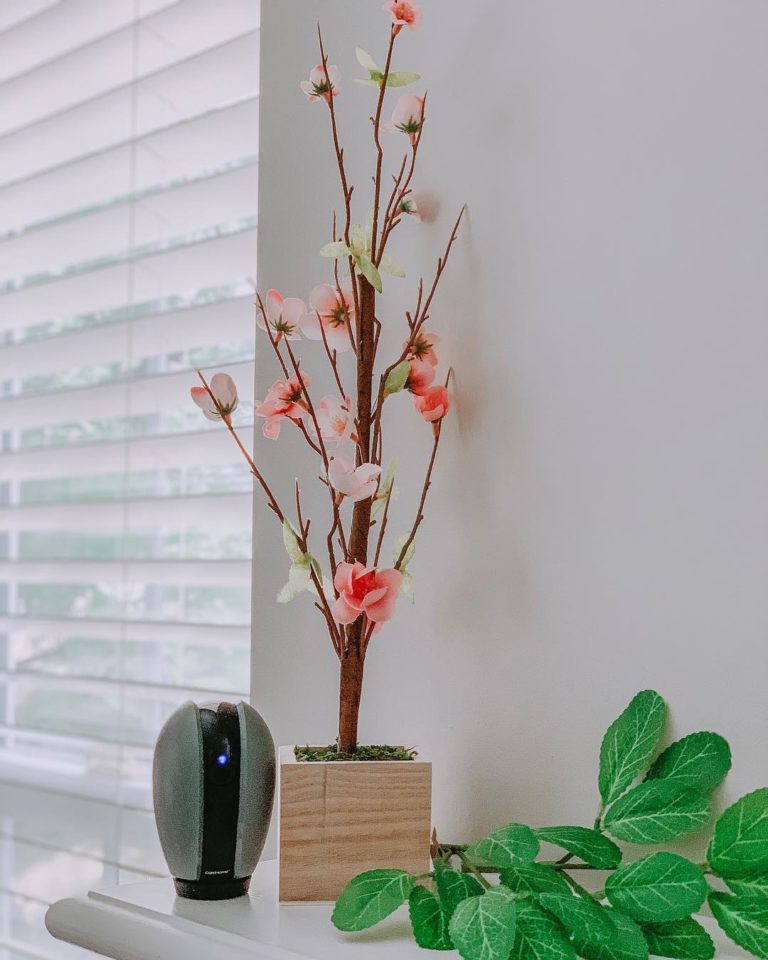A Short Guide To Fixing Faulty Electrical Installations In A House
Electrical installations can be a dangerous and complex job, requiring the skill of an experienced electrician to perform safely and correctly. Even when done by professionals, faulty electrical wiring can cause fires or other hazardous situations. Fortunately, there are some simple steps you can take to identify and fix any problems with your electrical installation before they become serious issues. In this article, we’ll discuss how to assess existing wiring for faults and how to address them in order to keep your home safe from potential harm caused by improper wiring. We will also provide tips on avoiding common mistakes that could lead to more costly repairs down the line. With these helpful guidelines, you will have all the knowledge needed to properly diagnose and repair any faulty electrical work in your home or workplace.
Replacing A Consumer Unit
The consumer unit (or fuse box) is the main hub for all of the electrical wiring in your home or business. When faulty, it can create power outages or even cause fires if not addressed quickly. To replace your consumer unit safely and correctly, first, disconnect all electricity from the existing unit before beginning any work. Then you should take a look at the wiring to make sure that it is not damaged or frayed in any way. Once you are certain that everything is safe, you can begin removing the wires and screws from the old unit and installing them in the new one. After all of the wires have been properly connected, tighten all screws and test for power before ending your work. Research the consumer unit replacement cost for your area to make sure that you are getting a fair value for the job. This will ensure that you are paying for a quality job and not overpaying for something that isn’t necessary.
Fixing Loose Wires
Loose wires can create problems if they remain unchecked, as they can easily slip out of their connectors and cause an electrical short. To fix this problem, first, identify the affected wires and use pliers or wire strippers to remove the insulation from around them. Then, use electrical tape to secure the wires in place and make sure that they are firmly connected before closing up the box. If you have any doubts about your ability to properly diagnose a loose wire issue, contact an experienced electrician for help.
Fixing Faulty Outlets
Faulty outlets can be identified by the presence of tripped circuit breakers or flickering lights. To fix this problem, first, turn off the power in that area and inspect all of the wirings to make sure that they are properly connected. Once you have verified that everything is intact, replace any worn-out receptacles and cover plates with new ones. Test the outlet for power and make sure that it is working properly before turning on the electricity again. When in doubt, contact a professional electrician to perform outlet repairs.
Testing Electrical Wiring
In order to check for faulty wiring, you’ll need to have an electrical tester in hand. This device will allow you to safely check the voltage running through each wire while also detecting any frayed or damaged wires that may be present. Start by turning off the power to the area you’re testing and unplugging any appliances, light switches, or outlets. Next, use your tester and test each wire one at a time, starting from the source and leading up to the outlet or switch. Be careful not to touch any of the wires while doing this and only use insulated tools.
If the tester readings are within normal range, then your wiring should be working correctly. If the tester detects any frayed or damaged wires, you will need to repair or replace them as soon as possible before continuing with your electrical work. To do this, first, locate the problem area and disconnect all power going to it. Next, carefully remove the wires and inspect them for any signs of damage. If you find any, you will need to cut out the damaged portion and reconnect the wires using a new wire. Once everything is rewired properly, retest your wiring with the tester to make sure it is working correctly before turning the power back on.
Fixing A Damaged Junction Box
A damaged junction box can create serious safety issues and should be fixed as soon as possible. To do this, first, switch off the power to the area and remove any electrical wires attached to the box. Next, inspect the box for any signs of damage or corrosion before using a screwdriver to remove the screws and separate them from the wall. Once the box is removed, inspect the inside for any signs of damage and replace it with a new one if necessary. Reattach all wiring, screws, and cover plates before turning on the power again and testing for proper operation.
Safety Tips
To ensure the safety of yourself and others, always remember to switch off the power before doing any electrical work. Additionally, make sure that all tools are properly insulated and wear rubber-soled shoes to protect against electric shock. If you have any doubts about your ability to safely conduct electrical repairs, contact a professional electrician for help. You should also always adhere to all local building codes and regulations when performing any type of electrical work. By following these tips, you can be sure that your repairs will be done safely and correctly.
Working with electricity can be dangerous, so it is important to take the necessary precautions to protect yourself and your property. If you have any doubts about your ability to safely conduct electrical repairs, contact a professional electrician for help. They will be able to safely and correctly complete any necessary repairs or replacements. Taking the time and effort to properly maintain your electrical system will save you time, money, and hassle in the long run. Make sure to take the necessary steps to keep your home and family safe. By following these tips, you can safely and correctly fix any faulty electrical installations in your home. We hope that this article was helpful!






